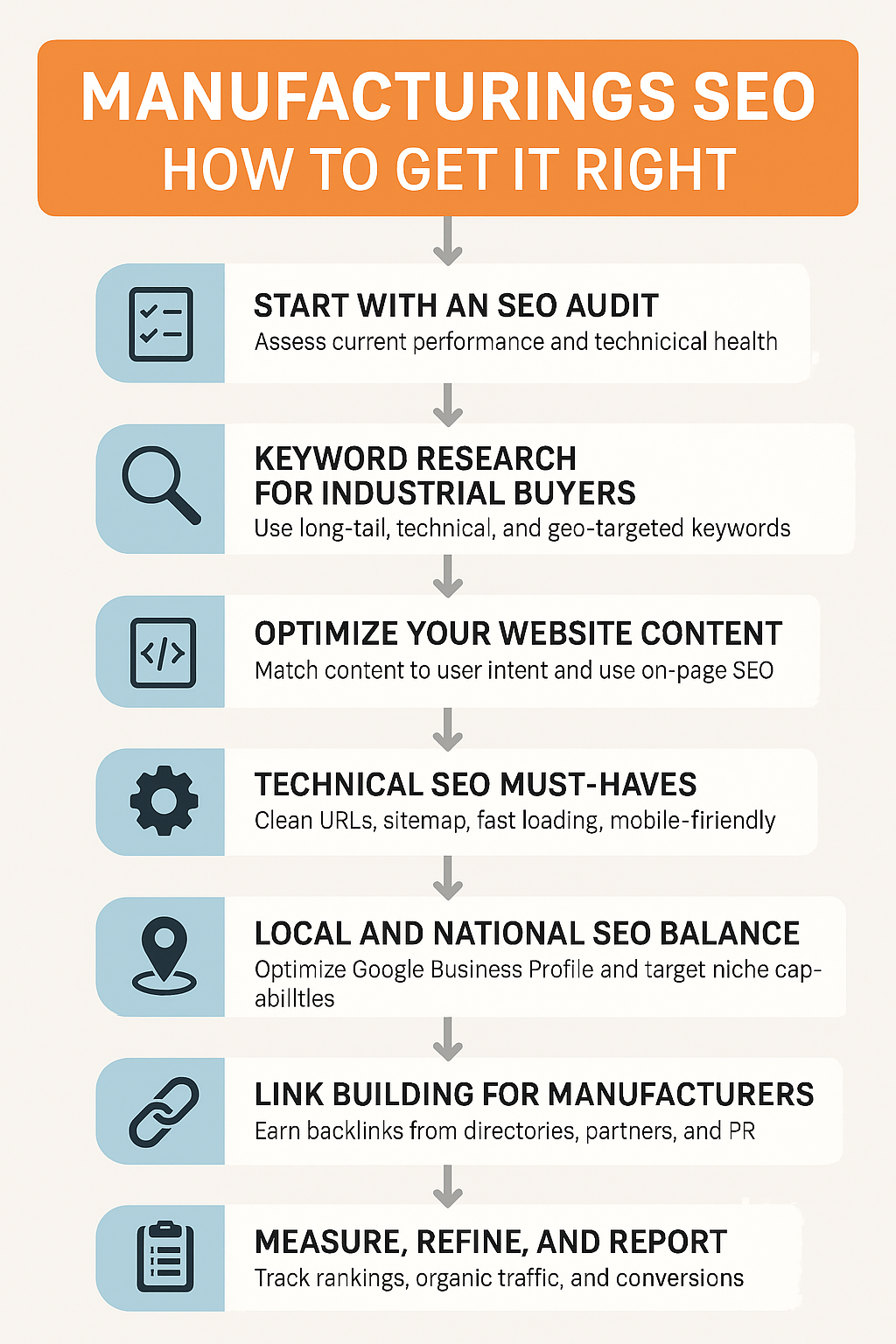There are lots of places on the Internet you can go to get a web site designed for less than $100. You get what you pay for however. There are also web sites that will help you with Search Engine Optimization for only $25 or some such nonsense. Again you get what you pay for which in this case can actually be counterproductive to your site. Finally there are some excellent graphic designers out there that learn how to convert their work into html and declare themselves to be web designers. For a modest sum, they will build you a web site. Be very careful in this case also.
There are three main elements to web design that you need to make sure you’ve got covered:
1) Good design
Building a good web site means that it needs to be designed to fit YOUR needs. The problem with most do-it-yourself template sites is that you have to customize your needs to the template rather than having the design customized to your needs. Your site should be visually engaging and should be customized to help you get your message across to your customers.
2) Search Engine Friendliness
We won’t lie to you. SEO is very competitive and can get quite expensive. But a key part of web design is an architecture that is friendly to search engines. Some key elements to include in the design: using key words in file names and in image tags; naming sub-directories well; and the obvious – using keywords in the written content – but then also placing that written content in the best place on the page. None of these are included in your super-cheap online SEO services but more importantly, many web designers don’t use or understand these principles.
3) Functionality
I’ve seen some really beautiful web sites but have had no clue what the next step is. Often graphic designers that hang up their web design shingle are the culprits. They design visually engaging graphics that don’t point the user to the next step. A term often used with web sites is “intuitive”. An intuitive web site is one where the user can easily figure out (without having to do any “figuring”) what to do. Navigation, for example, isn’t hidden or difficult to figure out – instead the menu items are clearly menu items and you can click on them to move to the next page.


